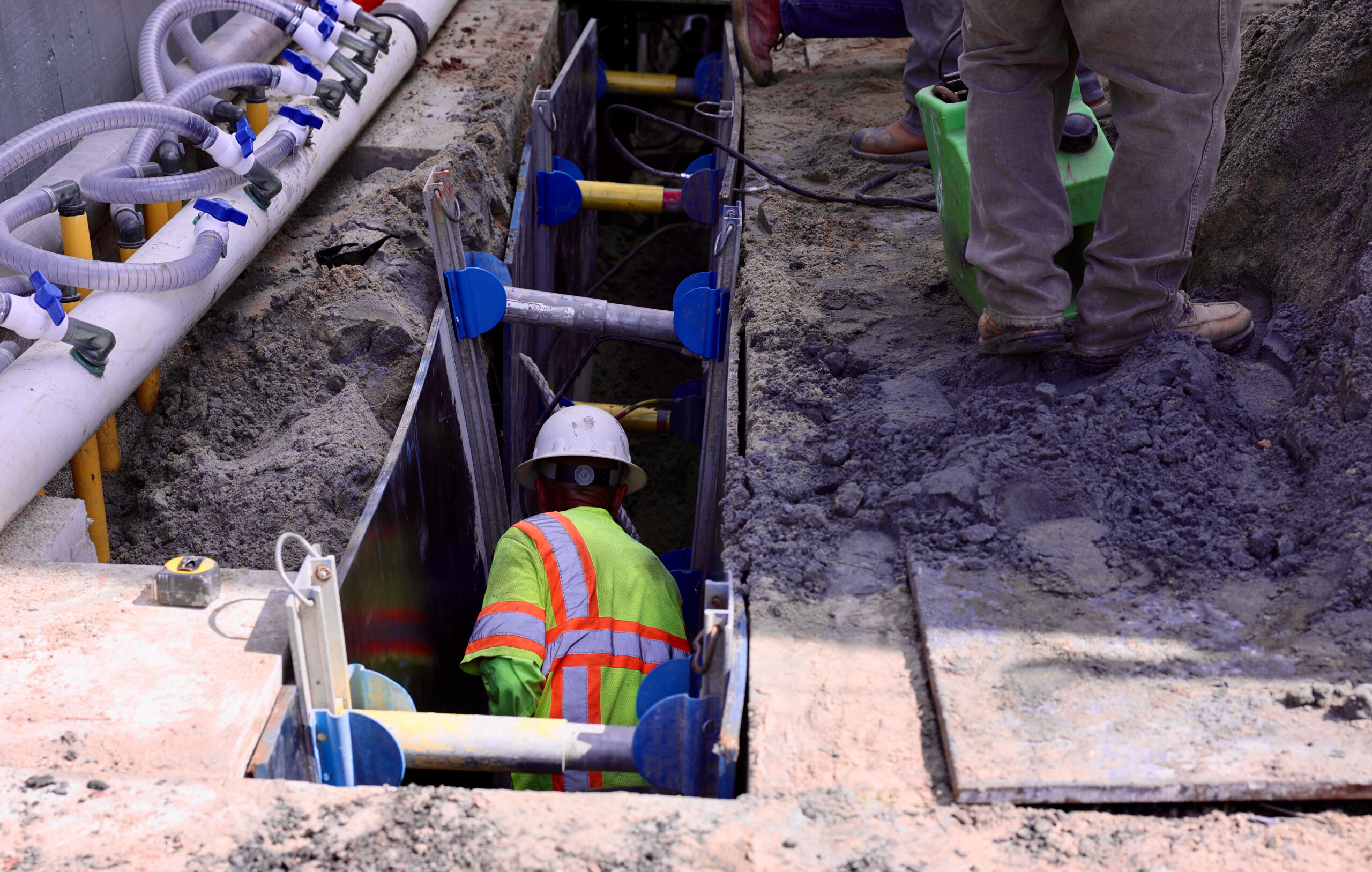OSHA's "Focus Four": Major Hazards in the Construction Industry
August 21, 2024
OSHA’s “Focus Four” hazards account for the most injuries and fatalities on construction sites. Develop effective strategies to keep your workers safe.
OSHA’s “Focus Four” hazards account for the most injuries and fatalities on construction sites. Develop effective strategies to keep your workers safe.

The construction industry is inherently hazardous, with workers exposed to various risks daily. Recognizing this, the Occupational Safety and Health Administration (OSHA) has identified four primary hazards that account for most injuries and fatalities in construction.
These hazards, known as the “Focus Four,” are:
Understanding these hazards and implementing effective safety measures can significantly reduce the risk of accidents on construction sites.
Falls are the most common cause of death in the construction industry, accounting for nearly 40% of all fatalities. These incidents often occur when workers fall from ladders, scaffolding, roofs, or other elevated surfaces.
The primary causes of falls include:
Prevention strategies:
Struck-by hazards occur when workers are hit by flying, falling, swinging, or rolling objects. These incidents are the second leading cause of fatalities in construction and the Focus Four.
Common scenarios include:
Prevention strategies:
Caught-in/between hazards occur when workers are caught, crushed, or pinched between objects, equipment, or collapsing structures. These hazards are particularly dangerous and can result in serious injuries or fatalities.
Examples include:
Prevention strategies:
Electrocution is the fourth hazard of the Focus Four, often resulting from contact with overhead power lines, exposed wiring, or electrical equipment.
The primary causes of electrocution include:
Prevention strategies:
The Focus Four hazards—Falls, Struck-By, Caught-In/Between, and Electrocution—are responsible for most fatalities in the construction industry. By understanding these hazards and implementing effective safety measures, construction companies can create safer work environments and significantly reduce the risk of accidents.
Regular training, proper use of safety equipment, and a commitment to a strong safety culture are essential in protecting workers and ensuring they return home safely at the end of each day.